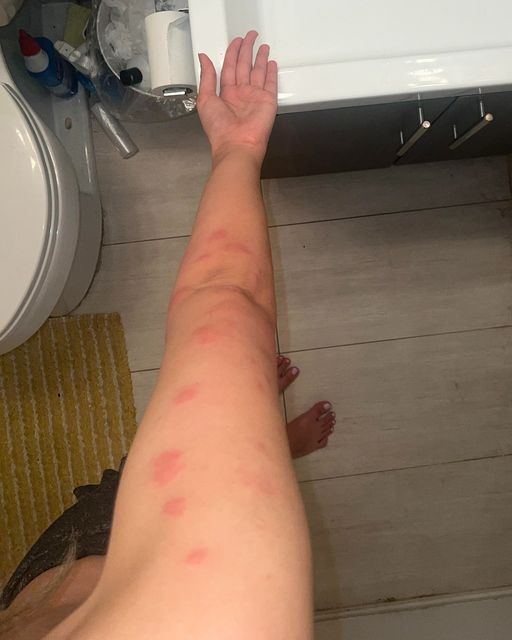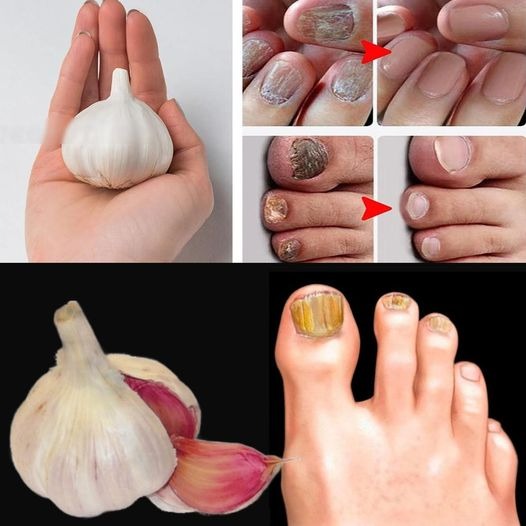Bug bites can be more than just a nuisance – they can also pose serious health risks, especially for individuals with allergies. Knowing how to identify common bug bites can make all the difference in seeking proper treatment and preventing complications. Here’s a rundown of the top 10 most common bug bites to watch out for.
Mosquito bites are a familiar foe for many. These bites can appear as small circles or larger, longer marks, depending on how long the mosquito fed on your blood. Mosquito bites are notoriously itchy, and scratching only makes them worse.

Flea bites, on the other hand, tend to occur in clusters, making them easier to spot. These tiny, red, and firm bites are incredibly irritating and can cause significant discomfort.
Head lice bites resemble flea bites but are typically confined to the head, neck, and behind the ears. Bed bug bites, while similar to mosquito bites, often follow a zigzag pattern and are redder and itchier.

Tick bites are distinct, featuring a crimson ring around a dark red or black dot. It’s essential to remove ticks correctly to avoid infection. Wasp stings, meanwhile, resemble mosquito bites but with a visible mark at the bite’s center.
Hornet stings are similar to wasp stings, while honey bee stings are recognizable by the bee’s stinger, which remains in the skin after the bee has flown away. Red ant bites, also known as fire ant bites, hurt immediately and can be distinguished from flea bites by their appearance.

Spider bites vary depending on the species, but they’re often firm, red, and painful. In some cases, the spider’s bite may appear as two tiny puncture marks.
By familiarizing yourself with these common bug bites, you’ll be better equipped to identify the culprits and take necessary steps to treat and prevent future bites. Remember, if you suspect you’ve been bitten by a bug and experience severe symptoms or allergic reactions, seek medical attention promptly.


